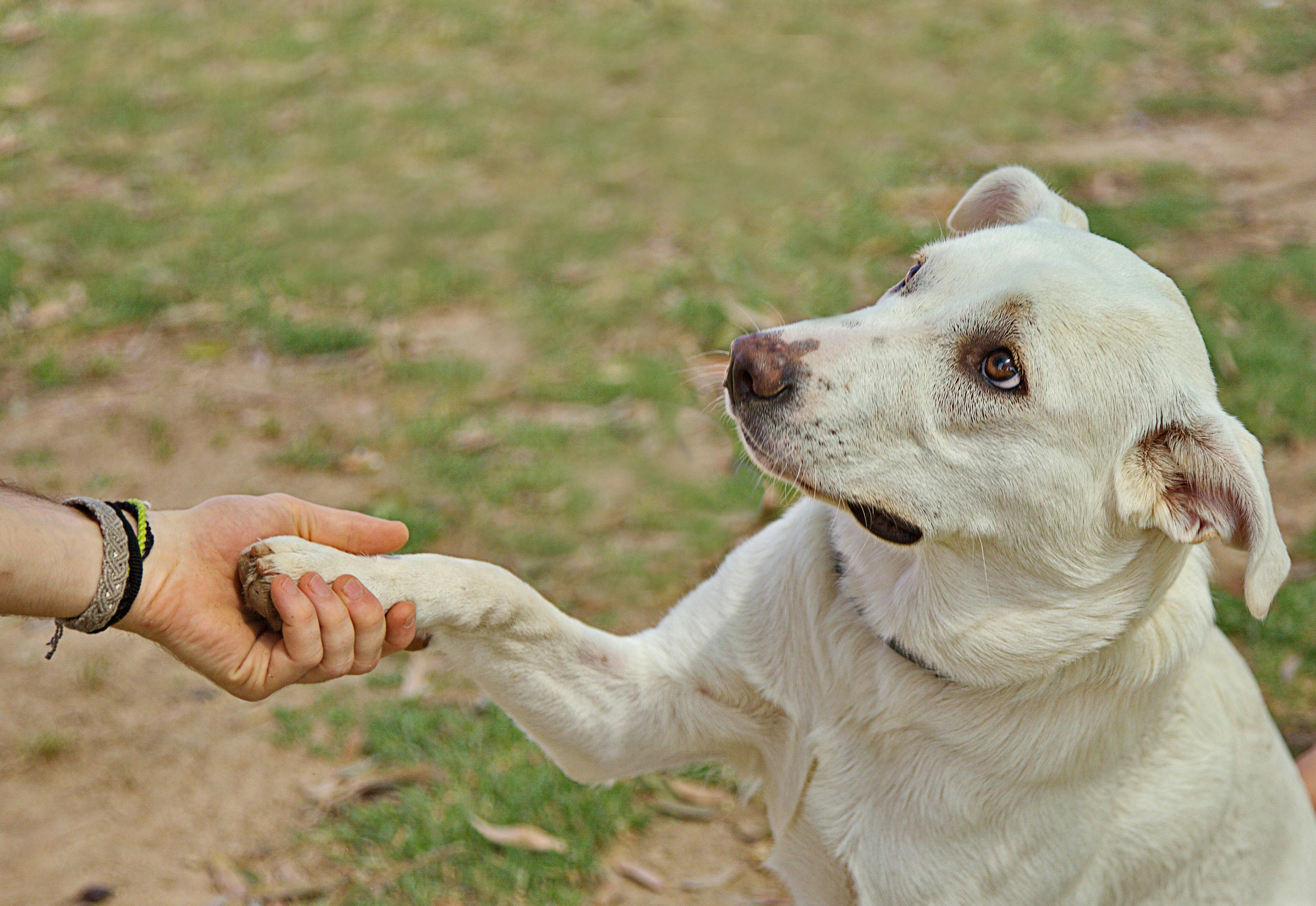Cancer: Most people think of it as a sentence, not a word. Cancer is a common pet health problem – so common, in fact, that more than half of all dogs now ten years of age or older will die of cancer. As scary as it can be, knowing the facts can often help a dog owner avoid panic and make smart prevention and health decisions.
cancer basics
Cancers come in two forms or types: sarcomas and carcinomas. A carcinoma affects the “skin,” but in this jargon, skin can also mean “lining” as in the covering or lining of organs, as well as the outer skin. Sarcomas affect connective tissue, including bone, cartilage, muscle, blood vessels, and lymphatic tissue. In all types or forms of the disease, cancer refers to the way the affected cells reproduce: the diseased or abnormal cells reproduce very quickly, sometimes (but not always) forming a tumor in the organ or area affected.
Common canine cancers
Lymphosarcoma (lymphoma)
This cancer of the lymphatic system seems to be most often diagnosed in “middle-aged” dogs, approximately seven to ten years of age. With treatment and if diagnosed early enough, the dog’s life may be extended somewhat, but complete cure and recovery are not common.
hemangiosarcoma
This is a cancer that affects the cells that make up blood vessels. Often diagnosed in older dogs and more commonly seen in certain breeds, including German Shepherds and Golden Retrievers, the prognosis for this cancer is poor due to the difficulty of diagnosing it before a tumor ruptures.
osteosarcoma
Osteo means bones and this is bone cancer. Large breeds, including Great Danes, Newfies, Rotties, Wolfhounds, and other large dogs, are at higher risk. The first clues about an owner include lameness and pain, which can manifest as a hesitancy to exercise, especially in a previously active dog. A very high percentage of these cancers spread to the lungs, so watch for coughing or trouble breathing, too. Bone cancers are often aggressive and fatal spreaders.
mammary carcinoma
This is canine “breast cancer”: the cancer begins in the mammary glands and is most commonly found in females that have not been sprayed. The risk of developing this form of cancer is virtually eliminated by spaying her before she has had her first heat. Early detection is key and this is one of the most treatable cancers in dogs if caught early enough.
Mastocytomas (mast cell tumors)
Mast cells are involved in the immune system and are found in many organs of the body. Mast cell cancers are not found in humans and less is known about them than about the other forms listed above.
Signs and symptoms
Dogs and cats may show some or very few of these signs, depending on the form of cancer present. Daily grooming can go a long way in noticing any changes in your dog.
Find out:
• Swellings, thickening, lumps, or cysts
• Sores, pimples, or “pimples” that don’t heal or go away
• Weight loss and/or loss of appetite
• Bleeding from any opening in the body
• A new scent (some dogs always smell bad!)
• Difficulty eating or swallowing and/or cough
• Resisting exercise you previously enjoyed
• Paleness, stiffness, or changes in coordination (falling, staggering)
• Difficulty breathing, urinating, or having a bowel movement
Prevention
As scary as it is to read about cancer in all its forms, take heart. As owners, we are not completely powerless. And it may not come as much of a surprise, but the more you avoid carcinogen exposure for your dog, the healthier you’ll be creating the environment for yourself and your family, too. Win, as they say!
• Avoid environmental toxins. It sounds a bit obvious, but it may require some changes in your thinking. Suburbs can be highly poisonous places, with lawn management with herbicides and insecticides and chemical warfare against rodents. Make all decisions about your home and garden after considering the impact on your pets. Learn about the risks. You may find that you can save money while you’re at it!
• Beware of toxic dog products and consider less toxic options. Flea and tick products, shampoos, dog treats, and even dog bedding can have toxic ingredients. Read labels, ask questions, and whenever possible, buy local food products that have been minimally processed.
• If you drive a lot with your dog, consider limiting the time he spends sticking his head out the car window. Exhaust gases are highly toxic.
• Do not smoke. If you smoke, quit. If you can’t quit, don’t smoke indoors and don’t smoke in the same room as your pets. There is nothing sadder than a dog with lung cancer due to his owner’s addiction. Keep the indoor air in your home as fresh and clean as you can by using houseplants (NON-TOXIC! And keep them up high to prevent being bitten or knocked over!), bamboo, open windows if feasible, and a air filter if possible. ‘t ‘t. Remember, your dog breathes it in all day while you’re at work.
• Vaccinate as needed, but no more than that. Talk to your vet about vaccinating as little as possible.
• Spay or neuter your pet. The health benefits go beyond cancer prevention, as unwanted litters cause great stress, both individually and socially.
• Feed your dog human-grade food, but not human food. Spend the money on good food; It sure is better than spending it on chemotherapy and radiation treatments.
• Reduce unnecessary stress. Like what? Boredom, lack of stimulation, and lack of training create stress for a dog. Have clear rules, boundaries, and expectations, and offer praise and affection as rewards. A dog that knows the rules and knows how to be good will be less stressed than a dog that always guesses, makes mistakes, and gets yelled at.
The bottom line: a smart owner can enjoy a happy and healthy dog throughout his canine life.
